Ginseng is one of the most renowned of all herbs. There are several varieties of ginseng, and most common are the eleven species of Panax ginseng. The word panax means “all heal” in Greek, (think of panacea) and ginseng was so called because of its healing properties. In Chinese, the herb is called ren shen–literally “man root” –because its shape resembles a man’s body and legs. This perennial shrub is native to China, Siberia, Korea, Japan and North America.
Prized since antiquity by both Asians and Native Americans, Chinese emperors were willing to pay for ginseng with its weight in gold. Demand for the root afforded Korea a thriving export business that dates back to the third century A.D. In the sixteenth century, Korea cultivated the world’s first farmed ginseng root.
The active compounds found in the root are called ginsenosides, a class of steroid glycosides, and triterpene saponins found exclusively in the plant. Ginseng is considered an adaptogen, a metabolic regulator that increases the ability of an organism to adapt to environmental factors, and to avoid damage. Research indicates that it may also reduce cholesterol and help prevent cancer, as well as ease hot flashes in menopausal women and normalize menstruation in others.
Ginseng has been used to treat an astonishing variety of ailments, from Alzheimer’s disease to diabetes to gout, but it is best known as a stimulant, tonic, and aphrodisiac. It is said to improve memory, increase energy, fight fatigue, restore vitality, prevent illness and headaches, strengthen the body and ward off infection. Ginseng is also used for upset stomach, diarrhea, coughs, excessive perspiration, impotence, and frequent urination. Because it calms the spirit and builds up energy and the immune system, it is considered a potent anti-aging herb.
Today, most ginseng is farmed. The varieties and quality can vary greatly. Very old wild roots, considered the most potent, can be expensive – in excess of $1,000 per ounce! Ginseng is available as roots (whole and sliced), powders, teas, capsules, tonics and tinctures. It is used in many different forms, including as a popular ingredient in Asian cooking.
Notoginseng, the main ingredient in Yunnan BaiYao (a ginseng medicine), is not an adaptogen like other panax species, but a hemostatic that can stop bleeding and supports blood production. Because of its ability to reduce pain and heal wounds, it was carried by every North Vietnamese soldier during the Viet Nam conflict, and made the formula world famous.
As with any powerful medicinal herb, precautions should be observed. It is best to avoid during pregnancy and lactation. Check with your cardiologist or herbalist before taking and do not give to small children. Ginseng may lower blood sugar levels and interact with anti-diabetic medications. Avoid combining with blood thinners, such as warfarin, and with other CNS stimulants. As a stimulant, it’s not recommended for use at night, especially if you suffer from a sleeping disorder such as insomnia.
Diane Sheppard is a licensed acupuncturist with a Ph.D. in Oriental Medicine. Dr. Sheppard trained in both China and the U.S and is now a staff practitioner at Eisenhower Wellness Institute. She can be reached at AcQPoint Wellness Center in La Quinta. 760-775-7900 www.AcQPoint.com






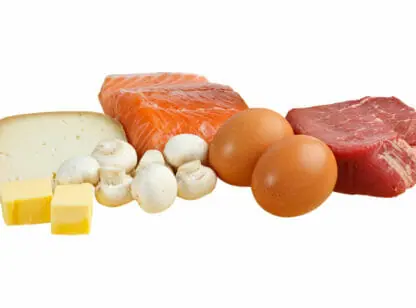
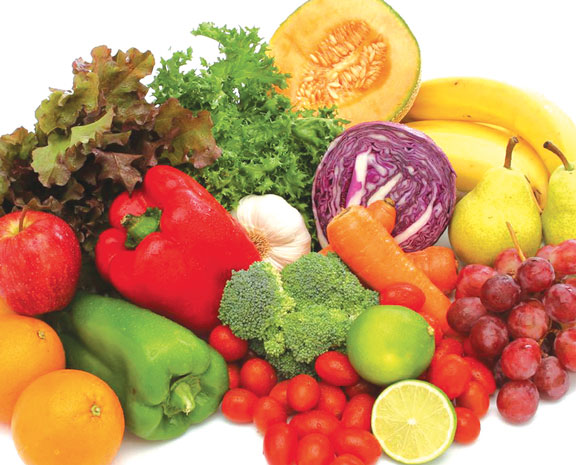
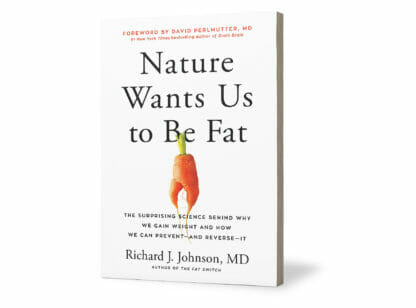
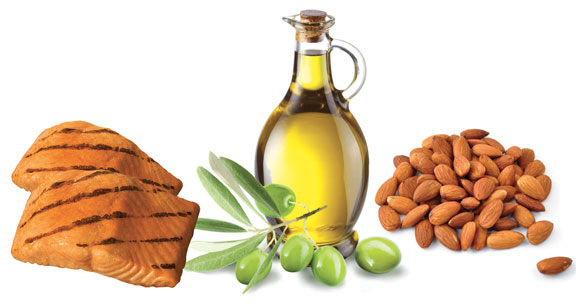


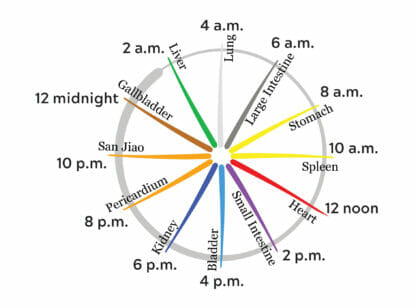

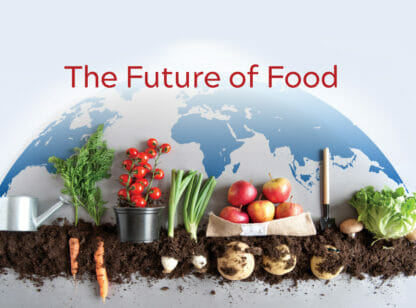
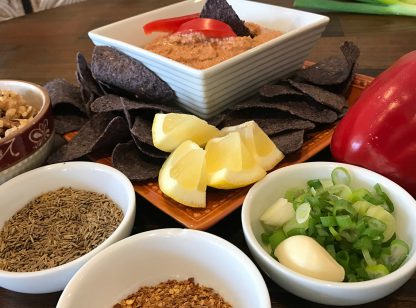




























Comments (0)